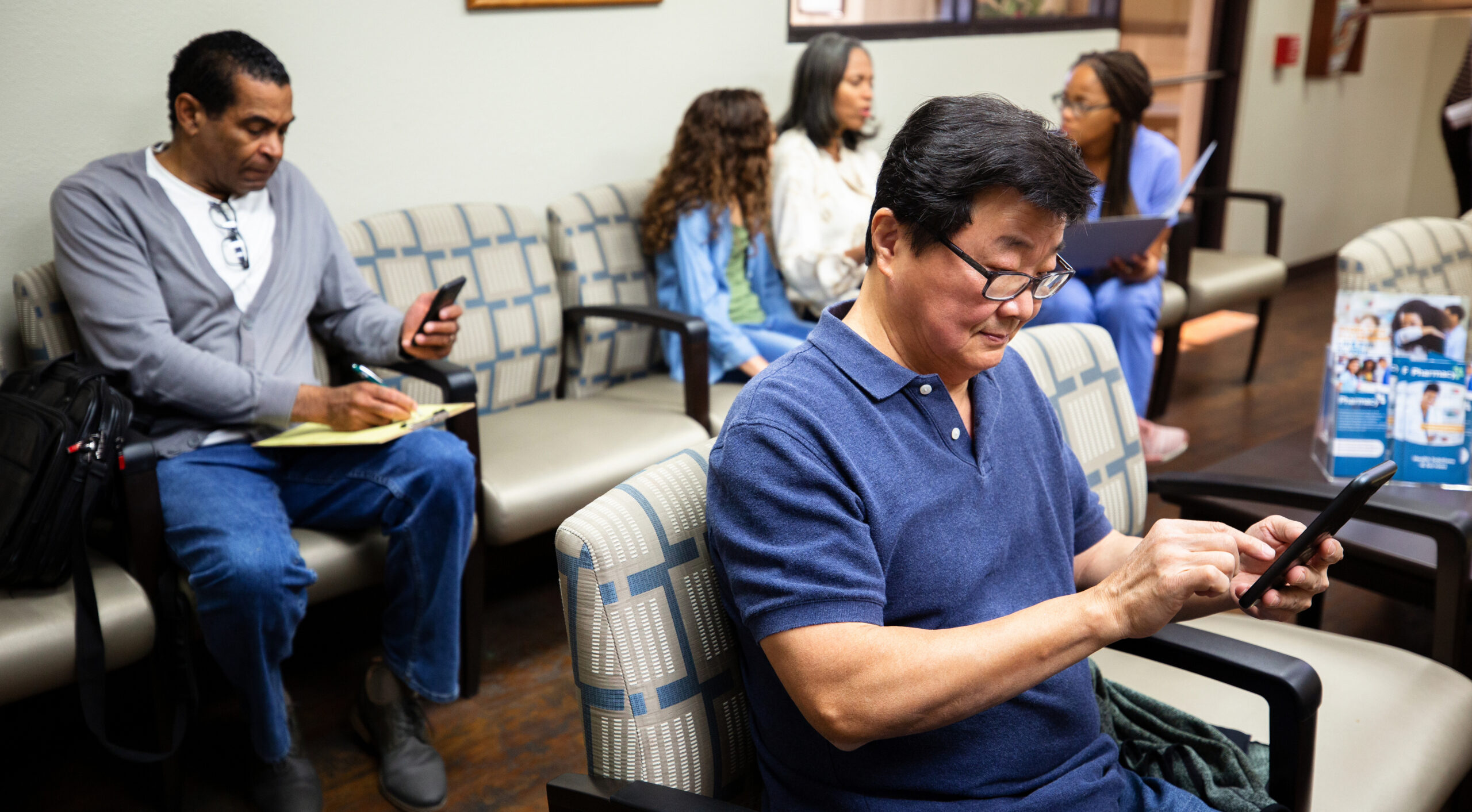By Joy Avery, MSN, RN
With COVID-19 surges, long shift hours, and staffing shortages, healthcare workers’ well-being has been irrevocably damaged. Psychiatric symptoms, especially PTSD, are increasing. A recent article from The Guardian likens COVID intensive care units to war zones, stating, “Recent research indicates that healthcare workers and first responders are displaying post-traumatic stress disorder symptoms like veterans who served in combat.” The American Journal of Nursing reported about professional consequences of burnout: compared to other U.S. workers, nurses are at higher risk for suicidal ideation, and nurses with such ideation are more reluctant to seek help than those without it.
The problems are not new: prior to the COVID-19, our healthcare professionals were already contending with burnout and stress. A recent article in Health Leaders Media discusses how before the pandemic the burnout rates among healthcare workers ranged from 30%-50%. Currently, burnout rates range from 40%-70%.
Many healthcare workers have resigned. According to Morning Consult, a survey research company, nearly 1 in 5 healthcare workers have quit their jobs since February 2020. This is a tragic state of affairs—under supported, traumatized staff, overburdened hospital systems, and sick patients in dire need of quality care. It is clear these issues warrant closer attention and structural changes. Hospital leaders are struggling and want to offer more support. What can be done? Here are three ways to directly help your staff and improve working conditions:
Employ digital rounding solutions to do more with less. Using technology to ease the burden on staff helps in more ways than one. Through digital, patient rounding, nurses are able to move beyond antiquated, time-consuming systems and more effectively do their jobs of delivering care. Applying these same, basic rounding tools to staff themselves means that leadership can routinely connect with them, check on how they are doing, provide support, build trust and reduce turnover.
Implement automated outreach to save time. Post-visit and discharge follow-up requires multiple staff members and time, both of which are in short supply. Using technology to streamline all patient outreach with automated population/condition-specific calls and texts means that the administrative burden on staff members can be greatly reduced. The same goes for preventive care outreach. Automating appointment reminders both eases the workload for staff and drives appointment volume.
Prioritize mental health and well-being. Working in a challenging environment for long periods with little balance is a recipe for mental health issues. It’s essential now, more than ever before, that executive leadership create workflows and structures that foster communication, teamwork and efficiency. By providing care teams with the technological tools they need to work effectively, there is a greater chance of unburdening staff members and preventing burnout.
As we enter the third year of the COVID-19 pandemic, ensuring adequate staffing may not be possible in many healthcare systems. As such, leaders can mitigate and address issues of burnout for remaining staff members by employing technology to lessen their workload and fostering a more open, supportive culture.








